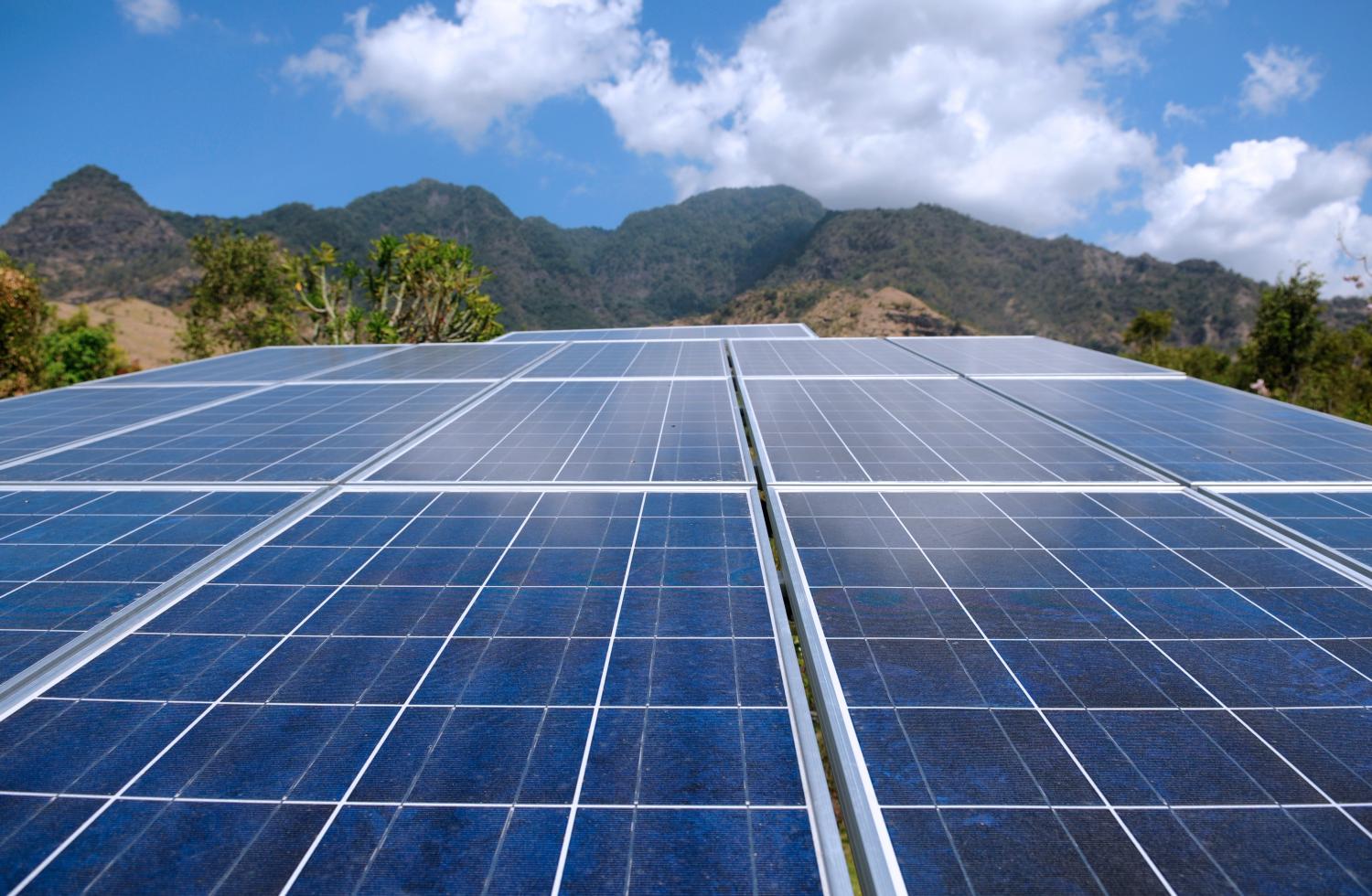
Concessional finance, a funding mechanism that allows infrastructure project developers to secure loans at below-market interest rates, is critical if renewable energy will become more cost-competitive in developing countries, according to a recent BNEF survey.
A new report lays out the role of concessional finance in order to ensure renewable energy can become more cost-competitive in developing countries. That’s welcome news for developing countries facing a $2.5 trillion annual investment gap for achieving the United Nations Sustainable Development Goals (SDGs).
The report quantifies for the first time how much reduced-price cash can lower the “levelized cost of energy” for different clean energy technologies in specific countries. It was produced by BloombergNEF (BNEF) and commissioned by the Clean Technology Fund (CTF), a program of the $8.3 billion Climate Investment Funds (CIF).
Concessional financing enables development finance institutions to lend concessional capital to projects in non-OECD countries at interest rates well below those they might ordinarily offer. According to the BNEF report, this type of financing has long been pivotal in accelerating the deployment of low-carbon technologies in emerging economies.
This cut-rate financing creates momentum towards two critical tipping points, according to the report: first, when a clean energy plant becomes cheaper to build than a new gas or coal-fired plant; and then, when the construction of a new clean energy plant becomes cheaper than running an existing gas or coal-fired plant.
As BNEF explains, this means in Thailand, for example, concessional financing could cut energy costs by five to seven percent, accelerating the tipping point at which a clean power plant is cheaper than one running on fossil fuels by two years.
In India, these funds could hasten the tipping point for new wind power installations by as many as four years.
Concessional finance could also create markets for next-generation low-carbon technologies, in particular batteries, the report found.
The clean energy transition has already launched
The transition away from coal in developing countries is already underway. A BNEF Climatescope report last November revealed that developing nations are increasingly abandoning coal to switch their focus to rolling out renewable technologies instead, a shift in market dynamics that puts non-OECD countries in the driving seat of the global clean energy transition for the first time. The report found the rate of new coal capacity in a freefall, down 38 percent compared to 2017.
The progress towards renewables in developing countries is not only the result of concessional capital. Private investors are also seeing an opportunity in putting their money in more developing markets. Both impact investing and blended finance are growing sources of financing in emerging economies for renewable energy. In blended finance, public concessional funds are combined with private capital.
Morten Lykke Lauridsen, a principal economist with the International Finance Corporation (IFC), favors blended finance as a first step in creating markets, as he wrote for the World Bank last year.
“Concessional funds are misspent when they support an investment that would have proceeded without them,” he wrote. “The grander aspiration should be to create systemic change in the marketplace — the kind that will catalyze further investments while keeping the market inclusive and sustainable.”
To help ensure an effective use of concessional resources in private sector projects and avoid crowding out private capital, more than 20 development finance institutions signed up in 2018 to a joint report defining enhanced principles for the use of blended concessional finance for private sector projects.
Whatever form they take, both private and public financing will be essential as wealthier nations scramble to meet their $100 million climate finance commitment to poorer nations under the Paris Agreement. According to the U.N., funding from developed to developing countries for climate-related projects rose 14 percent in 2016 to $38 billion, but so far, fall well short of what is needed.
A massive untapped opportunity
Representing 12 percent of the world’s population, the world’s least developed countries account for the majority of people lacking access to electricity (54 percent in 2014). In closing that gap, they have the opportunity to leapfrog sources of conventional energy to more sustainable sources of power generation.
That has national and international investors eyeing viable business opportunities to scale up renewable energy generation in developing countries, with Africa being often touted as a lucrative frontier market, reports the International Centre for Trade and Sustainable Development (ICTSD).
Many developing countries themselves have bet on the potential of renewable energy. The members of the Climate Vulnerable Forum (a coalition encompassing 24 LDCs) have pledged to achieve 100 percent domestic renewable energy production by 2050.
As development banks and private investors place money on these bets, emerging economies may be able to kick-start a fossil fuel-free energy system at a far faster rate than the industrialized world.
Image credit: Selamat Made/Flickr

Based in Florida, Amy has covered sustainability for over 25 years, including for TriplePundit, Reuters Sustainable Business and Ethical Corporation Magazine. She also writes sustainability reports and thought leadership for companies. She is the ghostwriter for Sustainability Leadership: A Swedish Approach to Transforming Your Company, Industry and the World. Connect with Amy on LinkedIn and her Substack newsletter focused on gray divorce, caregiving and other cultural topics.














